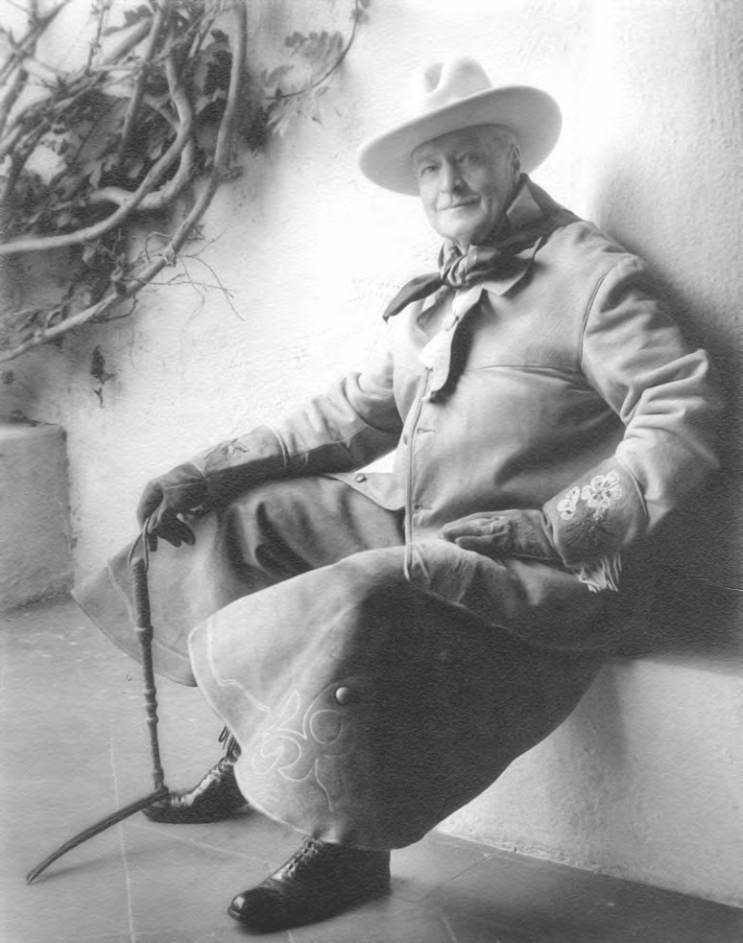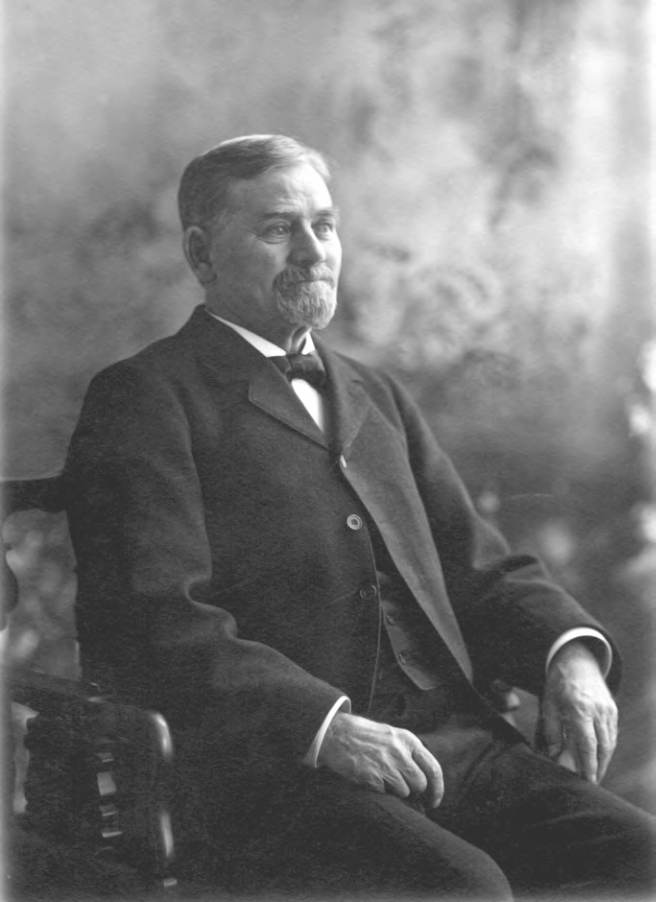Basic HTML Version



psychiatrist friend of Lotte Lehmann in 1940. Five weeks later it burned
to the ground leaving only the stone works intact and acquiring a new
name, Knapp’s Castle.
In 1925, Knapp purchased Homer Snyder’s place on Painted Cave
Road, Laurel Springs. Snyder – once a chef at the old Arlington Hotel
– homesteaded the acreage after his wife developed tuberculosis. A
good spring watered his apple orchard and Snyder’s cider and apples
became locally famous. After Snyder died, Knapp bought the property
from his wife, giving her a life tenancy. He added new rooms and more
conveniences and offered it to the nurses of Cottage Hospital as a “refuge
while resting from arduous duties.” The property was sold in 1941 and
became a home for homeless boys and at one point belonged to Tom
Hayden and Jane Fonda.
After constructing the first lodge, Knapp developed lodge-building
fever. He built two lodges in Oregon, and several more in Santa Barbara
County. Indian Camp and Punch Bowl, west of San Marcos Pass were
deeded in 1939 to Mildred Wright and her aunt, Amy Morrell. He
established a lodge up Aqua Caliente Creek north of the Santa Ynez River
Knapp in Cowboy costume in the El Paseo Courtyard (Courtesy Santa Barbara Historical Museum)
William Jared Knapp inherited his father’s position on the board of Union Carbide as well as
most of his properties (Courtesy Santa Barbara Historical Museum)
and another, in 1935, on West Camino Cielo that he called El Capitan and sold to
Madame Ganna Walska in 1941.
With five properties on the spine of the mountain, Knapp became active in the
local push to improve San Marcos Road and other access roads to his property. When
he first purchased the site for Knapp Lodge, Homer Snyder extended Painted Cave
Road from his place to Knapp’s. Later, Knapp donated money to the forest service
for maintenance of the ridge trail on the west side of San Marcos Pass to Refugio
Canyon. In 1930, the forest service approved the construction of an “Ocean View”
road that was to extend from Knapp’s Lodge eight miles east past La Cumbre Fire
Lookout.
After the train replaced the stage in 1901, San Marcos Road had fallen into
disrepair. The increasing popularity of the horseless carriage, however, put pressure
on the city to improve and maintain it. Initially the city was reluctant to take on

